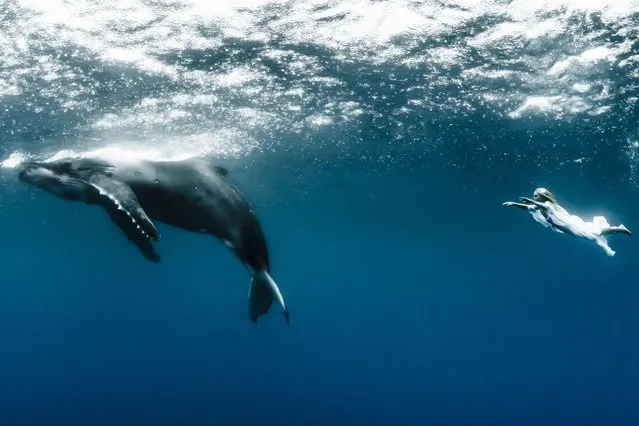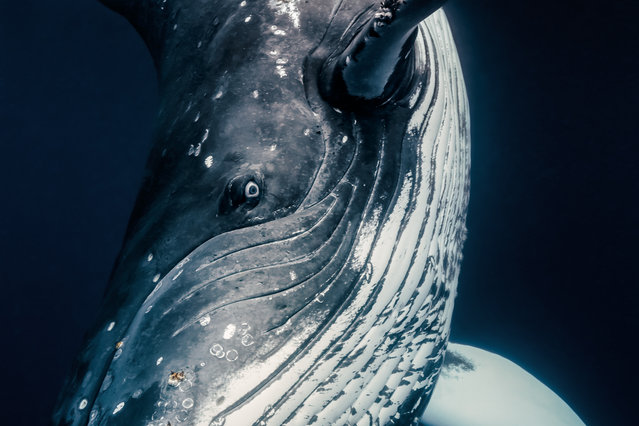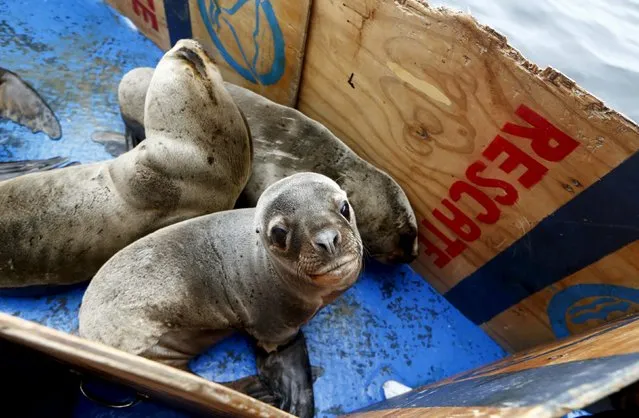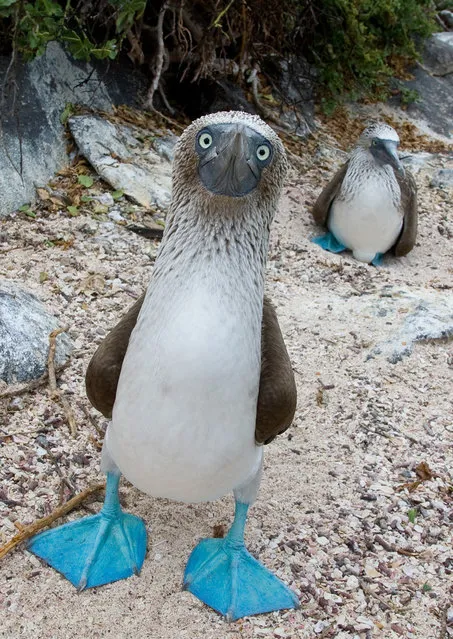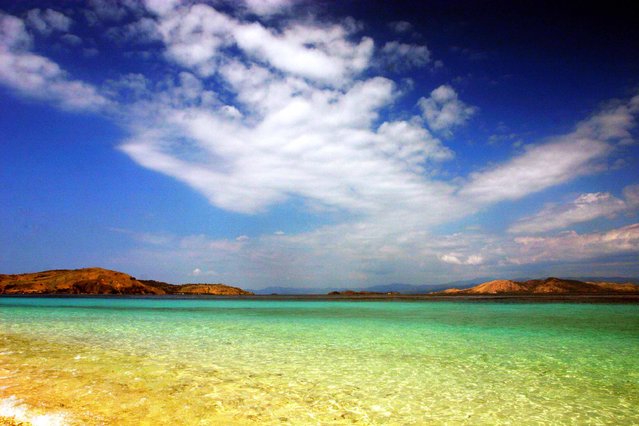
By making use of digital colour grading and composites, Romanian photographer Caras Ionut created these dreamy blue-themed landscapes. The work is even more impressive when you consider that Caras, who has been a mariner for the last 24 years, only picked up an interest in photography a few years ago. For more of his work, including fashion composites and semi-surrealist scapes.
See also: Art By Caras Ionut
21 Sep 2013 10:09:00,post received
0 comments

